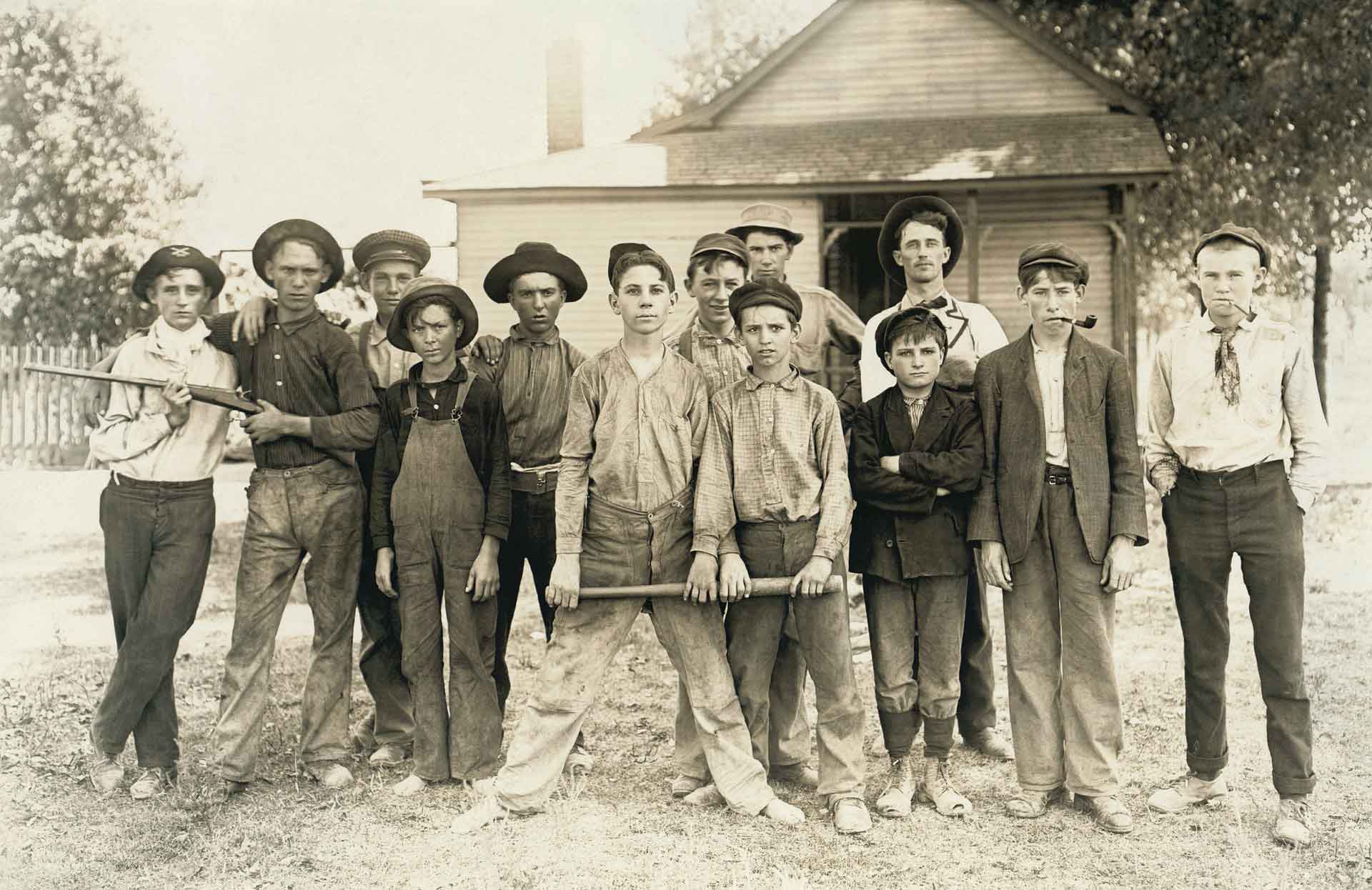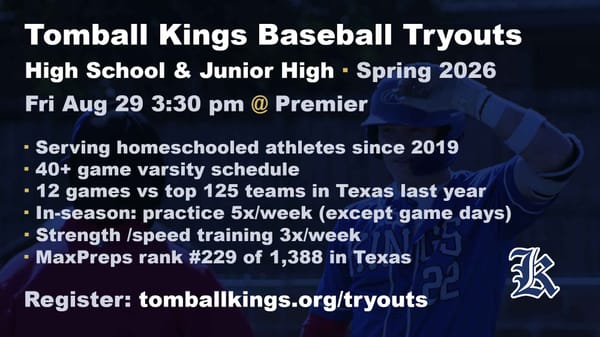How to make the most of your baseball tryout
Baseball tryouts are practice for life. Learn how to put yourself in the best position for success, along with lessons you can use in many other situations, later in life.

Sooner or later, everyone who wants to play baseball will have to participate in a baseball tryout.
Early in a player’s baseball journey, tryouts tend to be large affairs. Coaches may evaluate dozens or even hundreds of players in order to establish a draft order spanning multiple teams. Commonly, every player who participates will receive an invitation to join a team.
As players advance toward their high school years, tryouts for individual teams become more common. Players no longer have any assurance of receiving an invitation to play. Those who fail to “make the team” are “cut.” Being cut is disappointing, at best. For older players, it can mean the end of their baseball careers.
Common to all tryouts, however, is that each player receives an opportunity to make a great impression on the coaches. No matter how skilled, experienced, or athletically talented a player is, his tryout preparation, attitude, and effort will strongly influence the coaches and factor heavily in whether he receives an invitation to play.
Coaches value preparation, attitude, effort, hustle, and “coachability” — eagerness to listen, learn, and improve. They may give a lesser player a spot on a team merely for the positive influence that player can have on his teammates. Conversely, coaches may cut a gifted player because he lacks these positive qualities in one respect or another.
Whether you face your first baseball tryout or your twenty-first, following these steps will help you make the most of your opportunity.
Readiness
Prepare for the tryout. Throw. Field. Hit. Run. Ideally, spend weeks ahead of the tryout preparing for it. To enter a tryout cold, without diligent preparation, risks not only a poor tryout but also injury. Improve your speed. As you mature in your baseball life, you will see an increasing emphasis on speed. Your time in a sixty-yard dash will be especially important. Running will often be the first evaluation event in a high-school-age tryout. For elite teams, players may be cut immediately upon conclusion of that first trial — before they’ve made a throw, fielded a grounder, or hit a ball.
Punctuality
Baseball is famous for its unwritten rules. One of these is: “If you’re early, you’re on time; if you’re on time, you’re late.” Be on time. Ideally, be waiting for the coaches to arrive at the tryout. At the very least, arrive early enough to warm up completely ahead of the tryout’s starting time. Be prepared to sprint soon after the tryout begins. Introduce yourself with a handshake and “thank you for having me,” or words to that effect, as soon as the opportunity presents itself.
Appearance and gear
Look like a baseball player. Unless you have been advised otherwise, arrive in full baseball attire: baseball cap, baseball jersey, baseball belt, baseball pants, baseball socks, and appropriate shoes. Determine in advance, depending on what the tryout field allows, whether you need turf shoes, cleats, or spikes. Have a cup, batting helmet, bat, and baseball glove. Wear sliding shorts if you normally do (you probably should). Have a baseball in your bag, and plenty of water.
Make sure everything you wear and have with you is clean, including your baseball bag, batting helmet, and bat.
If you require special equipment for your position such as catcher’s gear or a first-baseman’s glove, have it with you. Get a haircut. Be clean-shaven. Leave any jewelry at home. Do not have any trash in your baseball bag. Depart in the same fashion. Under no circumstances should you dress or undress in any baseball dugout.
Special consideration for new players
If you are an inexperienced or new baseball player and have not yet acquired some of this equipment, communicate that information in advance of the tryout to the coaches. Typically they will not want you to purchase equipment — especially not expensive items such as gloves or bats — merely for a tryout. Make them aware of your situation and follow their guidance.
Coachability
Be attentive to all directions you receive from coaches or team officials before, during, and after the tryout. Whenever appropriate, acknowledge that you understand with a “Yes, coach” or, if distant from the coach, a tip of your cap. Keep your eyes focused on the coaches at all times when they are giving direction. Engage in no small talk or banter with other participants while receiving instructions or during drills. Be supportive and encouraging of others, however (“Good job,” “Nice catch,” and the like). Show by your words and actions that you are ready to learn and will be a positive force on the team.
If you do not understand a direction your receive, ask the coach to clarify.
Conclude every sentence or question with “coach” or “sir.” For example, never say “thank you” only. Always say “thank you, coach” or “thank you, sir.”
Hustle
Fly around the baseball field (hustle at all times). When you move from one place to another at the direction of a coach, always run at a brisk pace. Never walk when you are in fair territory (“between the foul lines”).
Handling errors
If you make an error, do not under any circumstances act out. Never show dismay or disgust with yourself, glare at your glove as if the glove is at fault, or give up on the play. Never compound a mental or physical error with an effort error. If a ball gets past you, go get it with all haste. If you make an error that involves a teammate, e.g., by making a bad throw, a quick acknowledgement to your teammate, such as patting your chest with your hand to convey “my fault” is acceptable, but make it quick and move on.
Respect for the game
Never leave any baseball field, whether for a tryout, practice, or a game, without taking a moment to thank each coach for helping you during the event. At the end of a tryout, whether you will receive immediate feedback or be notified later of whether you made the team, offer your handshake and say “thank you” to each coach or team official who participated.
Following these guidelines shows your respect for the game of baseball and will help you make the most favorable impression you can on your coaches.
Best of success. Please feel free use the comment section below to provide other helpful tryout tips or share your tryout experiences that may help others.


